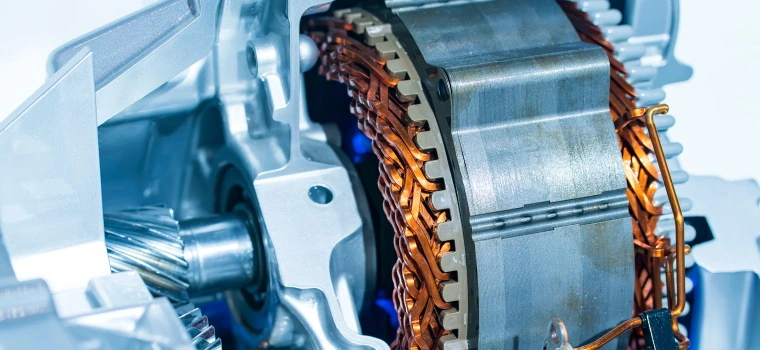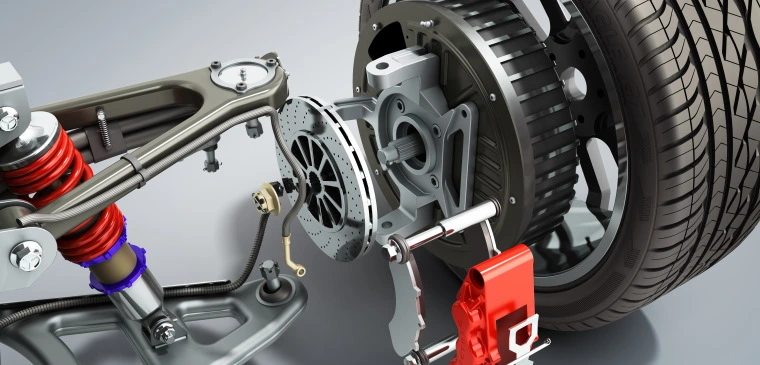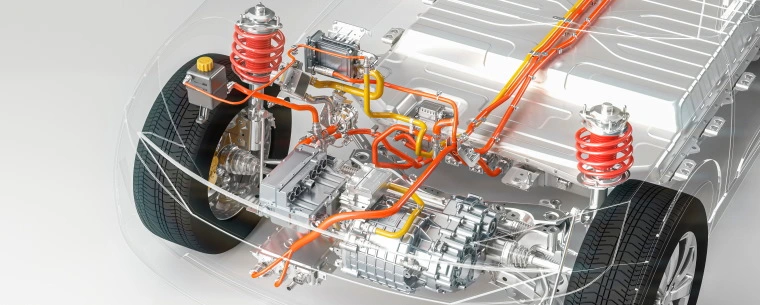How Does Regenerative Braking Work?
Published on: Wednesday, 06 July 2022 | Author: Jack Dreyer
One of the key problems that all-electric vehicles have faced since they first hit the market is range. Historically, charging EVs has taken a number of hours to get to a full charge, and then the range would still be in the region of 150 miles for cars such as a Nissan Leaf.
As you may imagine, being able to drive a maximum of 3 hours away and then having to wait for 10 hours to recharge before you can go further put a real stopper on greater adoption of EVs outside of large cities.
Recently, Tesla revealed a new Supercharger that can charge 200 miles of range in around 15 minutes – just enough time to grab a coffee! But the widespread availability is still limited, and usually requires you to own a Tesla; so every inch of range makes a big difference to EVs.
As such, you’ll likely have heard of ‘regenerative braking’ coming as standard on newer EVs and Hybrid Vehicles. It’s a real boon to getting further on a single charge, but what is it and how does it work?
Electric motors are also electricity generators

Let’s focus on regenerative braking only in fully electric vehicles for ease – the process is the same in hybrids, but with a few extra steps to work around the combustion engine power too.
The most important thing is to understand that power to the electric motor can go both ways. How electricity gets generated is exactly the same as how electricity is used to provide power.
If you remember lessons on wind turbines from school, a simplified version of the process is that wind turns the turbine blades, which rotates a copper coil within an electromagnetic field. This disturbance of the electromagnetic field creates an electric current. And this current can either be used to immediately power something (like a house), or can be stored in batteries for later use.
How an electric motor works is exactly the same, but in reverse: the power stored in the batteries is used to agitate the electromagnetic field, which turns the copper coil, and then turns whatever the coil is attached to. In the case of an electric motor in a car, that’s what actually moves the car.
So what does the ‘regenerative’ part mean?

So power goes from the batteries, to the motor, to move the car.
When a car is moving, it has built up kinetic energy, and this keeps it moving. That’s why in a combustion engine vehicle you’ll still coast if you take your foot off the accelerator pedal.
Conventionally, when you brake, your brakes need to convert that energy to heat and sound (by clamping onto brake discs) in order to slow your car down, but in an electric vehicle you can be slowed by the power taken to recharge the batteries.
It seems like a magic trick, but it’s just some nifty physics! When the car is moving with the pedal off, the wheels are still connected to the electric motor - and instead turn the electric motor. They therefore act like the wind on a turbine. And the power conversion required to turn the coil (the ‘rotor’) against the electromagnets (the ‘stator’) has the effect of slowing the car down while also putting that power back into the batteries.
This won’t slow the car down as quickly as a physical brake in emergencies, but is able to recapture a lot of power when driving normally.
In some EVs, this has the effect of extending the range by as much as 20%! Which can equate to an extra hour’s driving.
Need your car looked at?
If you need your car looked at, whether it’s a combustion engine vehicle or a high-tech EV just off the line, get in touch with your local Tyre Pros for expertise you can rely on.




